Self-driving rollout in San Francisco stalled now
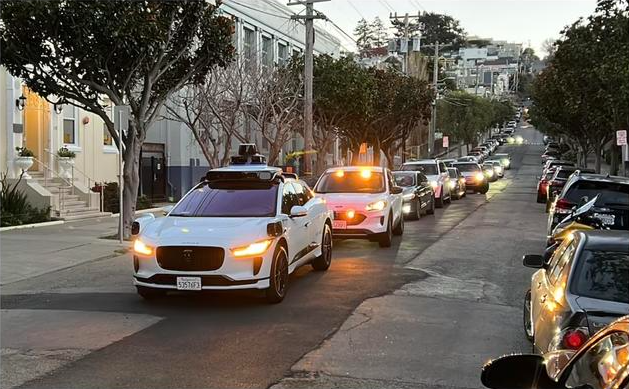
Self-driving in San Francisco
General Motors’ Cruise and Alphabet’s Waymo both deployed a large number of self-driving cars in San Francisco to test the technology, but the business has yet to win approval from local governments and residents.
Local officials say self-driving car technology is truly amazing, and they could one day be safer than human drivers.
However, the industry has yet to produce convincing evidence.
Residents of San Francisco seem to have embraced new things like computers, the Internet and cell phones earlier than anywhere else in the world.
However, they are full of doubts about the future of self-driving cars.
Suddenly, self-driving cars from Cruise and Waymo seem to be everywhere.
Many first responders complained that the cars blocked the road, while pedestrians took to social media to expose the cars’ antics.
A group that opposes self-driving cars has even placed orange traffic cones on the hoods of these vehicles as a way to confuse the sensors in the cars.
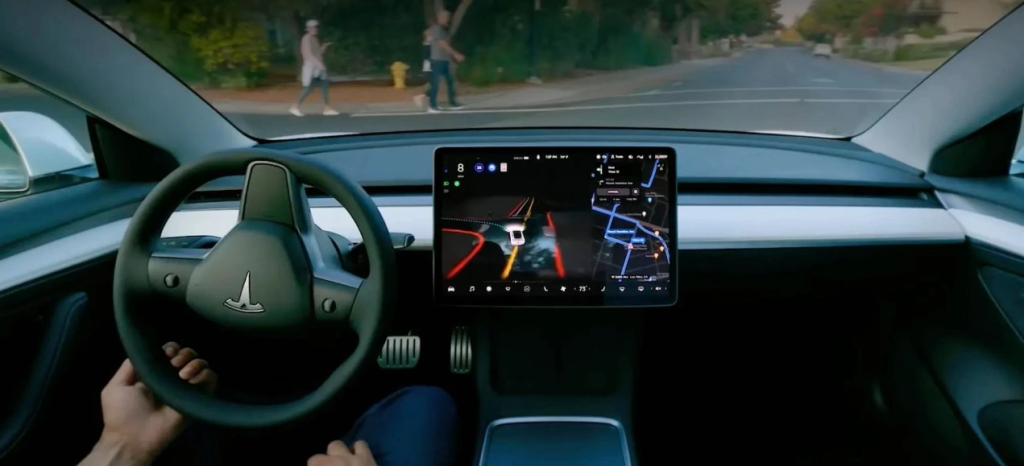
Cruise and Waymo self-driving cars
The reaction from San Francisco residents shows how GM’s majority-owned Cruise and Google parent Alphabet’s Waymo face significant challenges in rolling out self-driving cars.
Both companies are pouring billions of dollars into self-driving cars that they hope will become bigger businesses in the future, but it’s clear they need to win local hearts and minds first.
San Francisco has conducted numerous self-driving car tests, and some residents have even become regular users of the robotaxi service.
Now, Cruise and Waymo hope to offer ride-hailing services that can compete with Lyft and Uber.
If the two companies get their wish, San Francisco will be one of the first large urban experiments to use self-driving cars for transportation.
The California Public Utilities Commission, which oversees passenger transportation, is scheduled to vote this month on whether to allow Cruise to expand its operations in San Francisco and allow Cruise and Waymo to charge for self-driving rides.
The vote has been postponed twice, and the agency will hold hearings next week on the companies’ responses to a range of safety concerns.
Jeffrey Tumlin, director of transportation for the San Francisco Department of Transportation, said: “We think the technology of self-driving cars is really amazing, and we also believe that they will be safer than human drivers in the future.
But so far, the industry That hasn’t been proven yet.”
Cruise and Waymo are fighting back.
Executives at both companies have begun to demonstrate their technology to the public and government officials with greater urgency, presenting data they say show the safety advantages of their cars.
Cruise CEO Kyle Vogt said more people would be hurt if officials slowed the rollout of self-driving cars.
He also cited company data that said an increase in self-driving cars was tied to a decrease in crashes.
Since the beginning of the year, the number of Cruise vehicles on San Francisco roads has increased fivefold, Vogt said. Most of the company’s nearly 400 vehicles deployed across the U.S. are in San Francisco.
“Anything new, especially a technology that’s seen as fringe magic, tends to raise a lot of questions and draw a lot of attention,” Vogt explained. “And that attention naturally creates controversy.”
Currently, Cruise offers nightly paid rides in San Francisco.
Waymo has not been licensed by the state and is prohibited from offering paid rides, but people can ride in the company’s cars for free.
Many people are now applying to take the test from both companies.
Cruise and Waymo are trying to build an on-demand taxi service, which they have burned through billions of dollars, and hopes that the service will eventually be more profitable without the need for human drivers.
But so far, their business has generated negligible revenue.
GM reported $102 million in Cruise-related sales last year, compared with $3.3 billion in costs and expenses.
Chief Executive Mary Barra said in June that the company was in the early stages of a transition to autonomous vehicles.
Executives also said the company is targeting $50 billion in annual revenue by 2030.
Waymo has raised more than $5.7 billion in funding from Alphabet and outside investors since 2020.
Alphabet has been under intense shareholder pressure to reduce spending on Waymo and other speculative businesses, but the company does not report Waymo’s financial results separately.
In addition to San Francisco, hundreds of self-driving cars are deployed in Phoenix, and more are being deployed for testing in Los Angeles, Miami, Dallas, Austin, Texas, and Nashville, Tennessee.
Three years ago, only a handful of cities had self-driving test vehicles.
San Francisco government officials said the number of incident reports involving Cruise and Waymo vehicles has tripled in recent months.
Transit Director Tumlin said officials need more publicly available data from self-driving car companies before they can draw conclusions about their safety, and San Francisco is working toward that goal.


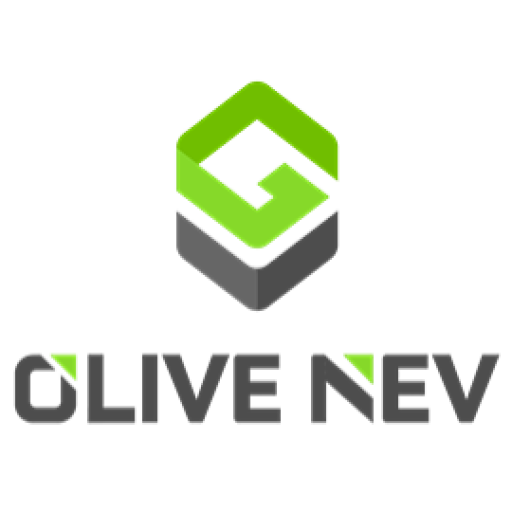
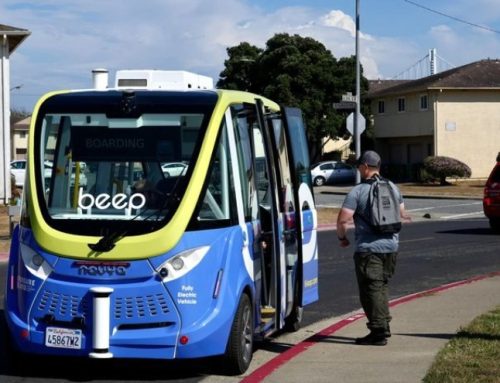
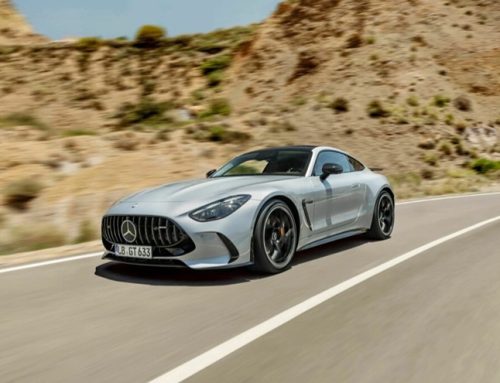
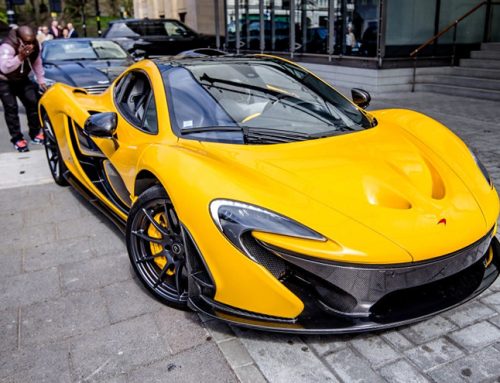
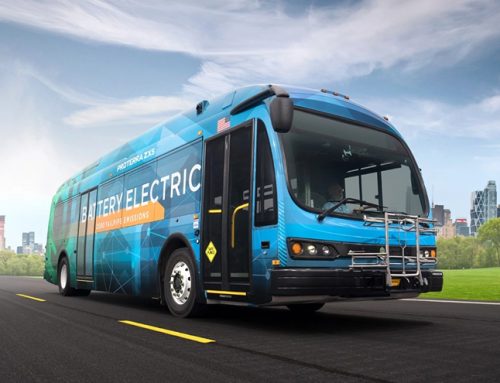
Leave A Comment